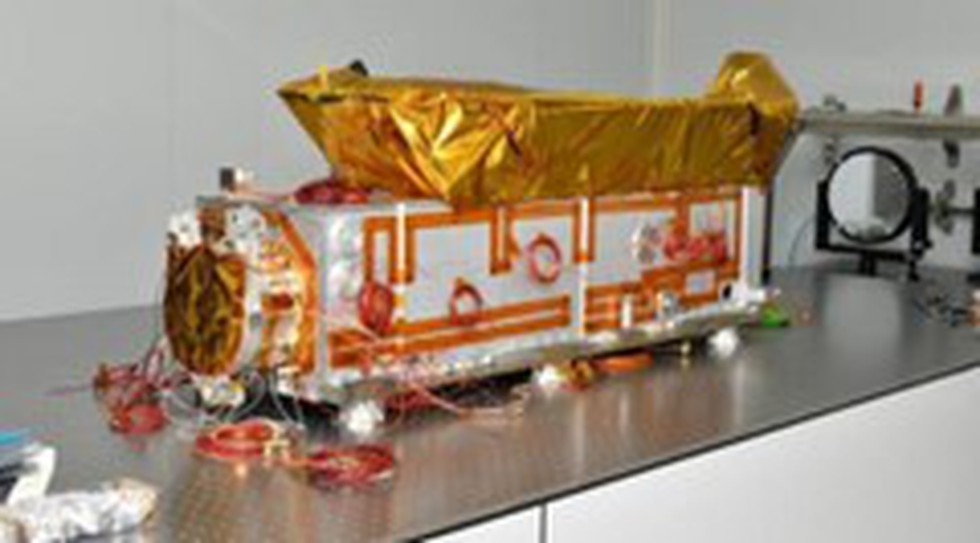About Solar Ultraviolet Imaging Telescope (SUIT)
- The telescope is one of the seven payloads on Aditya-L1.
- Features
- It is unique because it will provide full disk images of the sun in 2000 to 4000 A wavelength range which has never been obtained.
- It will allow us to record images in this wavelength crucial for maintaining the Ozone and Oxygen content in the atmosphere of the Earth.
- It will also measure the UV radiation hazardous for skin cancer.
- It will address fundamental questions such as the existence of a higher-temperature atmosphere above the cooler surface of the Sun and the origin and variation of near-ultraviolet radiation and high-energy solar flares.
- It will help in the measurement of solar radiation from Hard X-ray to Infrared, as well as in-situ measurements of particles in the solar wind, including the Sun’s magnetic field at the L1 point.
- It is expected to last five years.
- Funding: ISRO funded the initial Rs 25 crore required for the hardware, a small portion of the overall project.
Key points about Aditya-L1 Mission
- It is India's first dedicated scientific mission to study the Sun.
- The spacecraft will be placed in a halo orbit around the first Lagrange point, L1, which is 1.5 million km from the Earth towards the Sun.
- A satellite around the L1 point has the major advantage of continuously viewing the Sun without occultation/eclipses.
- Aditya-L1 carries seven payloads to observe the photosphere, chromosphere, and the outermost layers of the Sun (the corona) using electromagnetic and particle detectors.
- The satellite will be launched by a PSLV-XL launch vehicle from Sriharikota.
